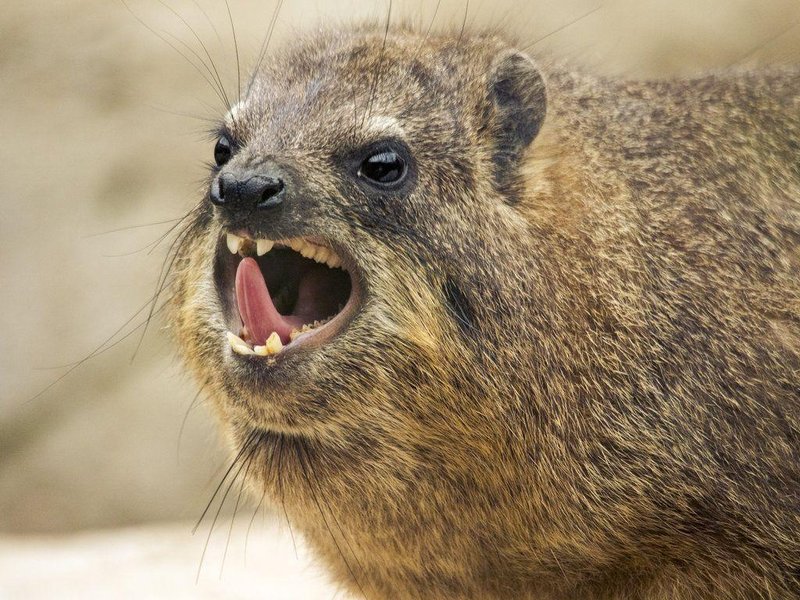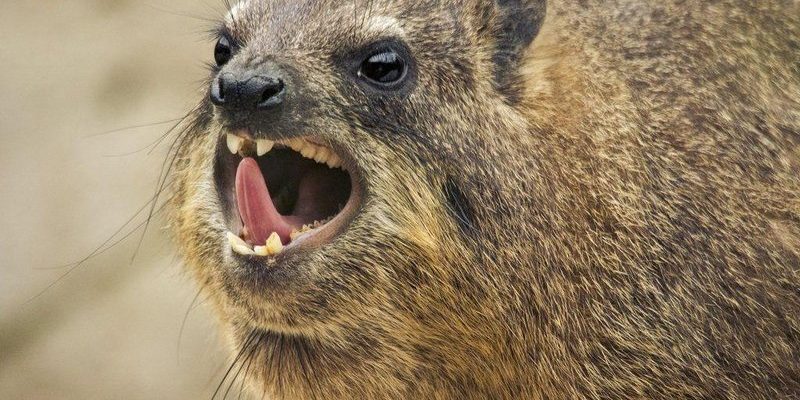
The rock hyrax, or *Procavia capensis*, has a unique position in the animal kingdom. Despite their resemblance to rodents, they are more closely related to elephants and manatees. This curious fact alone makes them special, but what’s even more intriguing is how these creatures are viewed culturally. From ancient Egypt to stories told around campfires today, the rock hyrax has inspired tales that reflect human values, fears, and humor. It’s like they’re the silent witnesses to our lives, tucked away in the rocks and stories we share.
The Rock Hyrax in Ancient Egypt
Let’s start with one of the oldest civilizations, ancient Egypt. Here, the rock hyrax was more than just an animal; it was a symbol of resilience and adaptability. Egyptians revered many animals, and the rock hyrax was no exception. Its ability to thrive in harsh, rocky environments resonated with the human experience of overcoming challenges.
In hieroglyphics, the rock hyrax sometimes appears alongside symbols of strength and survival. It was believed that these animals embody qualities like cleverness and resourcefulness—traits highly valued in ancient Egyptian society. When you think about it, these attributes are not just limited to animals. They mirror the human journey of navigating life’s obstacles, suggesting that this little mammal served as a metaphor for resilience in a world full of trials.
But the representation of the rock hyrax didn’t stop there. It also found its way into various myths. For instance, in some stories, the rock hyrax was considered a messenger between humans and the gods, bridging the gap between the mortal and the divine. Such narratives highlight how deeply intertwined humans and animals are in many cultures, reminding us that our lives are enriched by the creatures who share our world.
Folklore and Myths Across Regions
In different parts of Africa, the rock hyrax is often featured in local folklore. These stories aren’t just about the hyrax itself but also about the lessons they teach us. For example, in some communities, the rock hyrax represents cleverness and adaptability, often depicted in tales that emphasize outsmarting a predator or overcoming obstacles.
Think about classic fables like Aesop’s tales, where animals embody human traits. The rock hyrax fits right into this mold. In one story, a clever hyrax outwits a hungry lion, demonstrating that brains can triumph over brawn. Such narratives encourage listeners, especially children, to embrace creativity and resourcefulness when faced with challenges.
Interestingly, the rock hyrax is often associated with a sense of community. Groups of these animals live together, and their social behaviors have inspired discussions about teamwork and cooperation among people. Stories highlighting their communal living can serve as reminders of the importance of working together toward common goals, making the rock hyrax a powerful figure in teaching morals through storytelling.
Modern References and Popular Culture
As we move into more contemporary times, the rock hyrax continues to find its way into popular culture. You might be wondering how a small mammal can make its mark in movies, books, or even social media. Surprisingly, it does! The rock hyrax has been featured in documentaries and wildlife programs, showcasing its quirky behavior and close-knit family structure.
Moreover, with the rise of nature documentaries, the rock hyrax has gained a bit of fame. These programs highlight the hyrax’s unique attributes, like its vocalizations and social interactions, captivating audiences worldwide. It’s a reminder of how nature’s lesser-known creatures can still be fascinating and worthy of attention.
In literature, authors occasionally use the rock hyrax as a symbol of hidden strength or a clever character. An engaging story might involve a rock hyrax that faces daunting challenges yet finds a way to succeed, resonating with readers on a personal level. The rock hyrax serves as a metaphor for all of us, encouraging perseverance and clever problem-solving.
The Rock Hyrax in Religious Contexts
In some religious texts, particularly in the Bible, the rock hyrax is mentioned as an animal that is “unclean.” This designation can lead to some interesting discussions about dietary laws and cultural practices. While it may seem a bit harsh, the inclusion of the rock hyrax in religious texts highlights its significance in human lore and everyday life.
For people in regions where the rock hyrax can be found, it’s often viewed with a mix of respect and caution. The symbolic associations tied to these animals can influence various practices, from conservation efforts to how people interact with nature. This duality adds layers to their representation in culture—showing that respect for nature often comes hand-in-hand with caution.
The rock hyrax’s role in religious texts reminds us that every creature has a place in the broader tapestry of life, often serving as symbols that invite contemplation and reflection. In the end, these animals are not just subjects of folklore but also contributors to our understanding of the world around us.
Conservation and Its Cultural Impact
As we discuss the rock hyrax, it’s important to address conservation efforts related to this species. Cultural stories and representations often influence how people view wildlife, and the rock hyrax is no exception. Though not currently endangered, habitat loss poses a threat to their populations. As communities become aware of the cultural significance of the rock hyrax, conservation efforts can gain traction.
Local traditions and stories can play a vital role in conservation. When people recognize the importance of the rock hyrax in their folklore, they may be more inclined to protect its habitat. Think of it as a win-win situation—protecting wildlife while honoring cultural narratives that have existed for generations.
Moreover, educational programs that incorporate local folklore can inspire younger generations to appreciate and conserve these animals. Pairing stories with conservation messages creates a deeper connection, urging communities to act as stewards of the environment, ensuring that future generations can enjoy and learn from the rock hyrax.
Final Thoughts: The Enduring Legacy of the Rock Hyrax
In wrapping up our exploration of the rock hyrax, it’s clear that these small yet significant creatures have left an indelible mark on culture and folklore. From ancient Egypt to modern narratives, the rock hyrax offers lessons on resilience, cleverness, and community. It reminds us that even seemingly ordinary animals can carry profound meaning within human stories.
As we continue to engage with nature, acknowledging the cultural representations of creatures like the rock hyrax can foster greater appreciation and understanding. Perhaps we can even learn a thing or two from the rock hyrax about adaptability and the importance of community. So next time you hear a story about this little mammal, remember the rich tapestry of meanings it holds for people around the world. After all, stories have the power to connect us in ways that are both profound and delightful.

